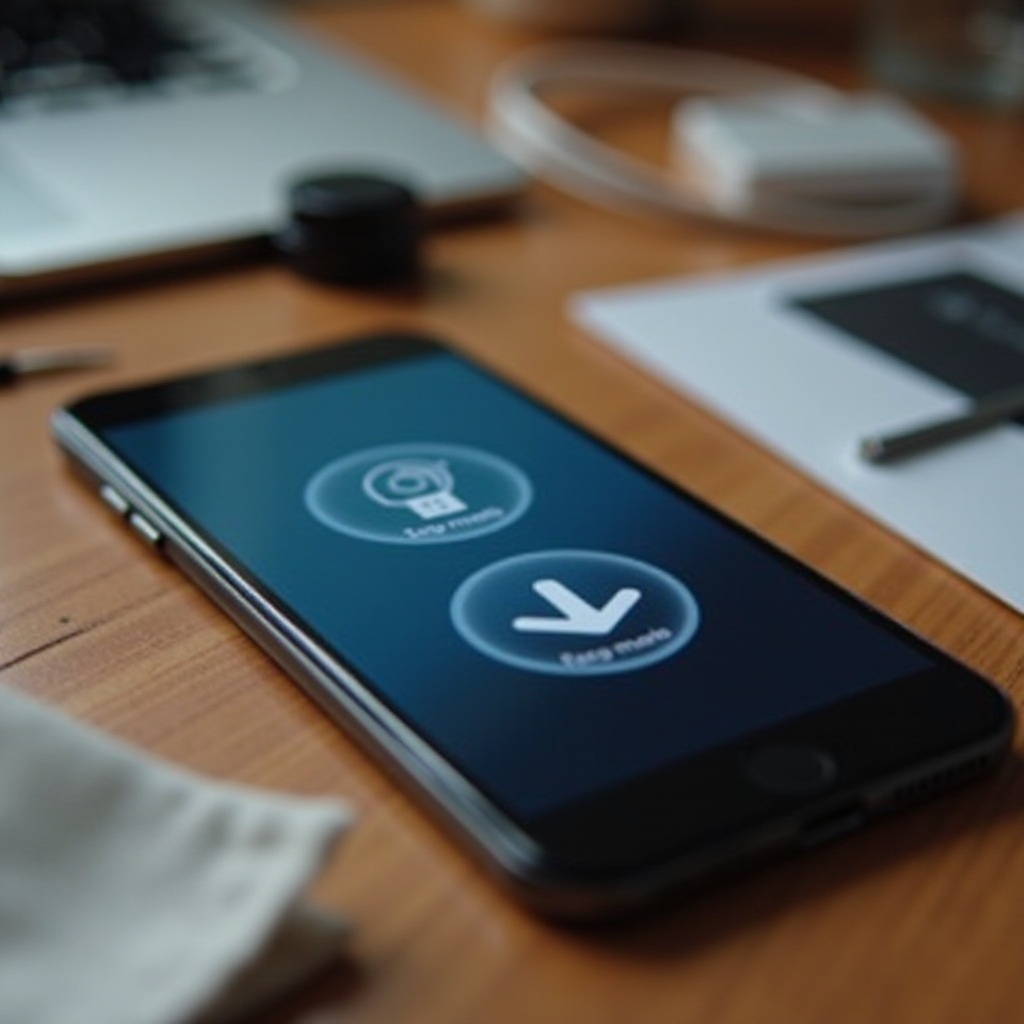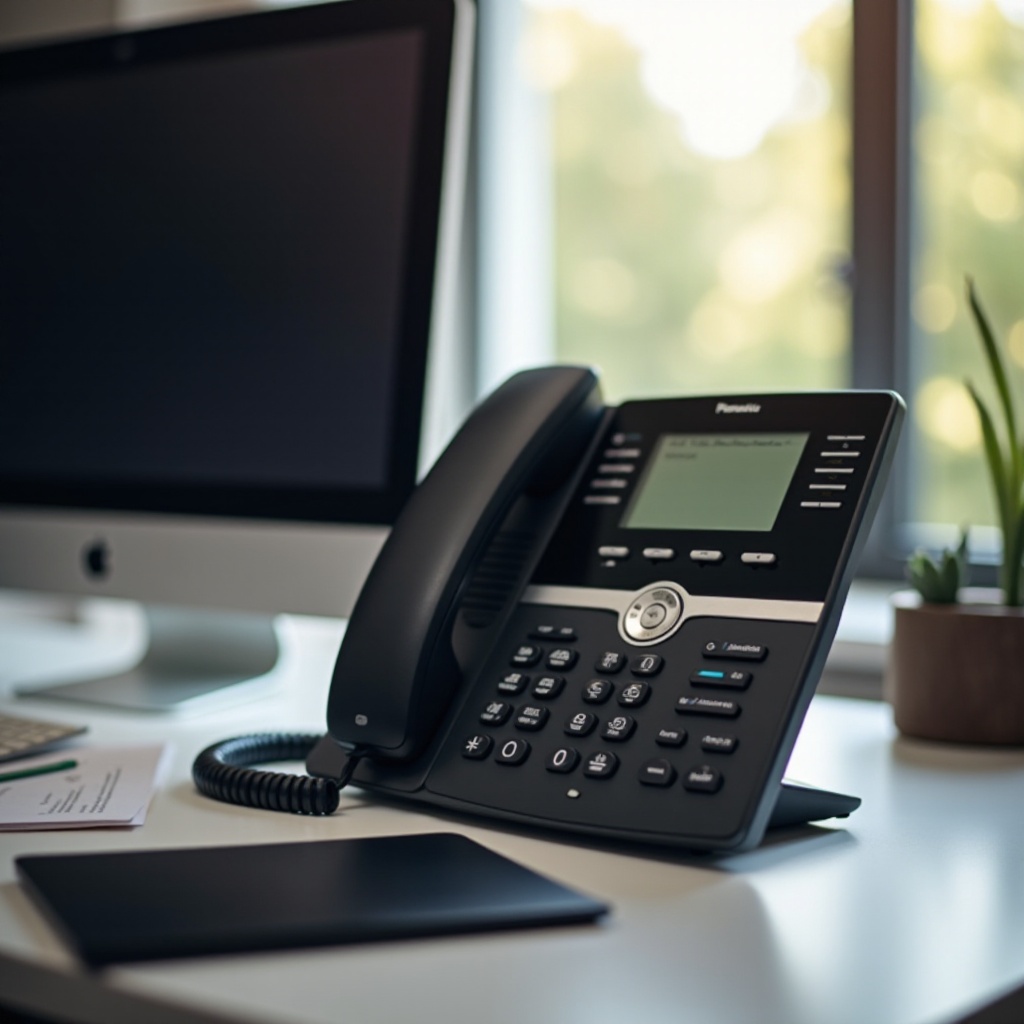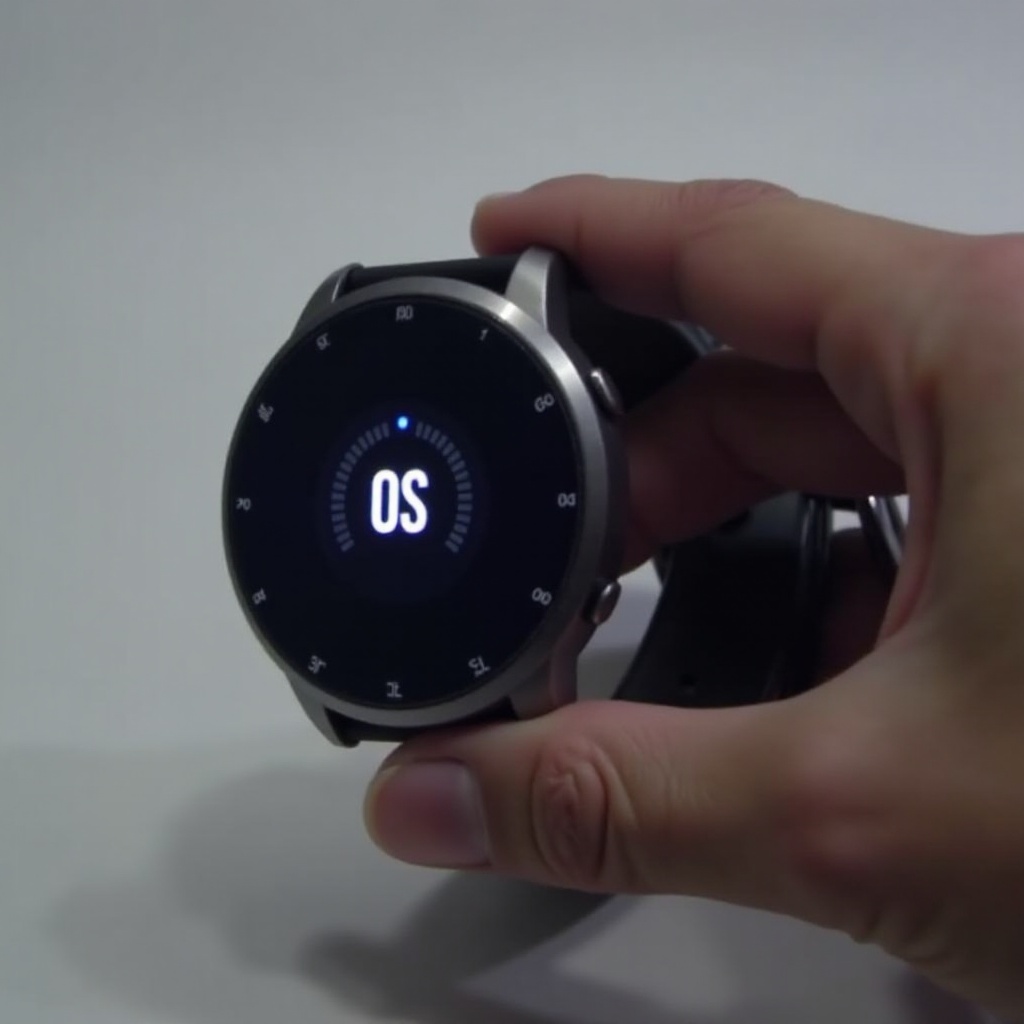Introduction
Touchscreen technology is a staple in modern devices, providing seamless interaction with the digital world. However, when a touchscreen stops working, it can disrupt daily activities and cause significant frustration. Whether you’re sending a text or navigating an app, an unresponsive screen can be a major inconvenience. This comprehensive guide explores both common and complex causes of touchscreen malfunctions, offering practical solutions ranging from simple troubleshooting steps to advanced hardware interventions. The aim is to help you address and prevent these issues efficiently.

Common Causes of Touchscreen Failure
To effectively address touchscreen problems, identifying the root cause is essential. Several common factors can lead to touchscreen malfunctions:
-
Software Glitches: Temporary bugs or outdated apps can cause touchscreens to become unresponsive, often due to internal software conflicts or during app updates.
-
Physical Damage: Drops or impacts may cause visible screen cracks or damage to internal sensors. Even if the screen looks intact, internal components might be compromised.
-
Moisture and Dirt: The presence of water or grime on your screen can affect its responsiveness, as touchscreen sensors are sensitive to such interference.
-
Defective Accessories: Ill-fitting or low-quality screen protectors and cases can impair your screen’s functionality by creating additional pressure or interference.
Understanding these causes is crucial for selecting the appropriate approach to resolve your touchscreen problems. Let’s move to the initial troubleshooting steps that can often resolve these issues.

Initial Troubleshooting Steps
Before considering more complex solutions, simple troubleshooting steps can often resolve touchscreen issues.
Restarting and Resetting Your Phone
- Restart the phone: A quick restart can resolve many temporary glitches affecting the touchscreen.
- Reset settings: Without wiping personal data, reset app preferences through your settings menu to clear potential conflicts.
Cleaning the Screen Properly
- Turn off the phone: Prevent any accidental inputs while cleaning.
- Use a microfiber cloth: Gently clean the screen with a slightly dampened cloth to avoid damage.
- Avoid harsh chemicals: These can potentially harm the screen’s surface.
Removing Screen Protectors
- Check compatibility: Confirm the screen protector fits correctly and is compatible with your device.
- Remove and reapply: Test the screen without the protector to see if it resolves the issue.
If these steps don’t solve the problem, delving into software-related solutions may be necessary.

Software Solutions for Unresponsive Touchscreens
When initial steps fail to yield results, software solutions may be required.
Updating Current Software and Apps
- Software update: Navigate to settings to check for system updates that may resolve bugs leading to touchscreen issues.
- Update installed apps: Regularly update apps to maintain compatibility and functionality.
Safe Mode Check
- Enable Safe Mode: This mode disables third-party applications, helping identify if an app is causing the issue.
- Test the touchscreen: If it works in Safe Mode, consider uninstalling recently installed apps to isolate the offending one.
Performing a Factory Reset
- Back up data: Always ensure your critical data is backed up before proceeding.
- Factory reset: This action restores default settings and can resolve deep-seated software issues.
If the touchscreen is still unresponsive, hardware issues may be the underlying cause.
Addressing Hardware Issues
Sometimes, the problem lies within the physical components of the device.
Examining for Physical Damage
- Look for cracks or dents: Physical inspections can reveal visible signs of damage.
- Test the touchscreen function: Use touch diagnostics software if available on your device to assess sensor health.
Checking for Loose Connections
- Check for a loose screen: If safe to do so, carefully inspect connections yourself or seek help from a professional.
- Assess battery connection: Occasionally, loose connections can affect touchscreen operations.
Identifying Temperature-Related Problems
- Avoid extreme conditions: Extreme temperatures can impair touchscreen performance.
- Let the phone cool down: Allow time for your device to return to room temperature if overheated.
Exploring repair options may be necessary if the problem persists beyond these steps.
Professional Repair and Replacement Options
When the problem persists, professional intervention might be warranted.
When to Consult a Technician
- Persistent issues: If simple troubleshooting doesn’t help, a professional can perform a deeper analysis.
- Complex internal repairs: Expert assistance ensures safe and accurate repairs for hardware failures.
Understanding Repair Costs
- Research costs: Compare local service prices, warranties, and options before deciding.
- Consider replacement costs: In some cases, replacing the device may be more cost-effective than repair.
With repairs or replacements in mind, preventive measures can be crucial in avoiding future issues.
Preventive Measures for Future Issues
Maintaining a working touchscreen requires preventive strategies.
Using Quality Accessories
- Invest in good screen protectors and cases: Quality accessories safeguard against damage and scratches.
- Choose reputable brands: Ensure these accessories are compatible with your device for best results.
Regular Maintenance Practices
- Clean frequently: Regularly wipe the screen to prevent dirt and moisture accumulation.
- Update software regularly: Regular software updates help maintain performance and functionality.
Conclusion
Dealing with touchscreen problems can be daunting, but methodical troubleshooting simplifies the task. Whether resolving software issues, addressing hardware repairs, or applying preventive maintenance, understanding the root of the problem is key to applying the right solutions. With the insights provided in this guide, you’re better equipped to navigate and resolve touchscreen malfunctions, ensuring your device remains a valuable tool in your digital life.
Frequently Asked Questions
What should I do if my touchscreen stops working randomly?
Begin by restarting your device and checking for app/software updates. If it persists, remove any protective accessories and clean the screen.
Can a simple software update fix touchscreen issues?
Yes, updating your software can resolve compatibility problems and software bugs that might cause touchscreen issues.
Is a factory reset the only option for persistent touchscreen problems?
Not always. Consider a factory reset if other troubleshooting methods fail. If persistent, professional diagnosis might be necessary.

